Optical Modulators and Their Critical Role in High-Speed Internet: In our hyper-connected digital age, optical modulators are the invisible champions enabling the high-speed internet that powers our lives. Whether you’re binge-watching Netflix in ultra-HD, engaging in real-time video calls with colleagues worldwide, or playing cloud-based games without buffering, these tiny but mighty devices are the backbone of modern communication. They quietly and efficiently transform electronic data into pulses of light, allowing it to travel through fiber-optic cables at incredible speeds, enabling near-instantaneous data transmission.
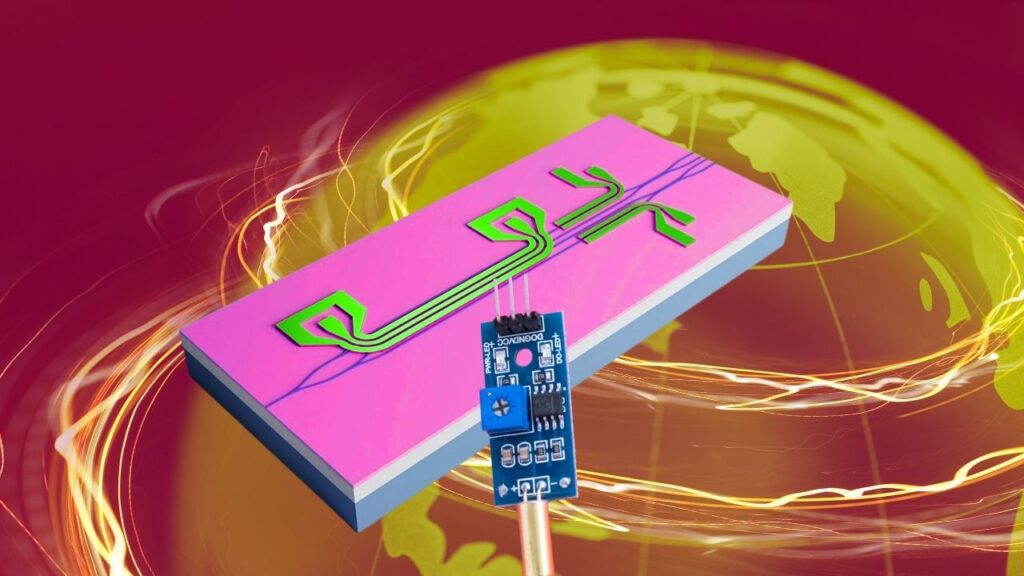
Despite their importance, most people have never heard of them. But understanding optical modulators is key to appreciating how the internet works at blazing speeds. This article breaks down the science and engineering behind them in simple terms—clear enough for a curious 10-year-old but packed with insights valuable to engineers, IT professionals, and tech enthusiasts.
Table of Contents
Optical Modulators and Their Critical Role in High-Speed Internet
| Topic | Details |
|---|---|
| What is an Optical Modulator? | A device that encodes digital data onto light for transmission over fiber-optic cables. |
| Types of Modulators | Electro-optic, acousto-optic, and all-optical modulators—each with unique roles in digital communications and signal processing. |
| Why They Matter | Enable high-speed, low-latency internet by converting electrical signals into modulated light. |
| Data Transfer Speeds | Support data rates beyond 100 Gbit/s, with cutting-edge models aiming for 1 Tb/s. |
| Career Relevance | Essential for telecom engineers, photonics researchers, network architects, fiber-optic technicians, and data center professionals. |
| Official Reference | Wikipedia: Optical Modulators |
Optical modulators are the unsung heroes of the internet age. By converting digital information into beams of light, they enable us to communicate, work, and entertain ourselves faster than ever before. From fiber-optic lines under oceans to data centers running global apps, modulators make it all possible.
As demands for speed, security, and sustainability grow, next-gen modulators will lead the way—powered by innovation in materials, chip design, and quantum physics. Whether you’re a curious learner or a seasoned pro, it’s worth paying attention to this game-changing tech.
What Is an Optical Modulator?
At its core, an optical modulator is a small but highly sophisticated device that encodes electronic signals onto a light beam. These light beams are then sent down fiber-optic cables, which are like transparent highways made of glass or plastic. Light travels through them with little loss or interference, making them ideal for long-distance communication.

Imagine sending a message using Morse code, but instead of tapping, you’re flashing a powerful laser. The way the light changes—whether it blinks on and off or varies in intensity—carries the data. This conversion from electricity to light, and back again at the destination, is what makes optical modulators so crucial.
Real-World Example
Let’s say you’re watching a YouTube video. Your device sends a request through your internet connection. Somewhere along that journey, an optical modulator takes the digital signal, converts it to a stream of light pulses, and transmits it through fiber-optic cables. The data zooms across the country or globe and returns with your video—all in just a few milliseconds.
How Optical Modulators Work: A Step-by-Step Breakdown
Understanding the operation of optical modulators helps demystify how the internet works at lightning speed. Here’s how it unfolds:
Step 1: Data Signal Input
Your device sends digital signals—strings of binary data made of 1s and 0s.
Step 2: Light Source Activation
A laser diode or LED generates a continuous beam of light.
Step 3: Modulation Begins
The optical modulator takes the incoming digital data and encodes it onto the light beam by adjusting its properties such as intensity, frequency, phase, or polarization.
Step 4: Fiber-Optic Transmission

The modulated light is sent through a fiber-optic cable, traveling long distances with very little loss or delay.
Step 5: Demodulation at the Receiver
A photodetector at the destination captures the light and converts it back into an electrical signal, restoring the original data.
Types of Optical Modulators
Different types of modulators offer different benefits depending on the application—be it streaming, military comms, or experimental research.
1. Electro-Optic Modulators (EOMs)
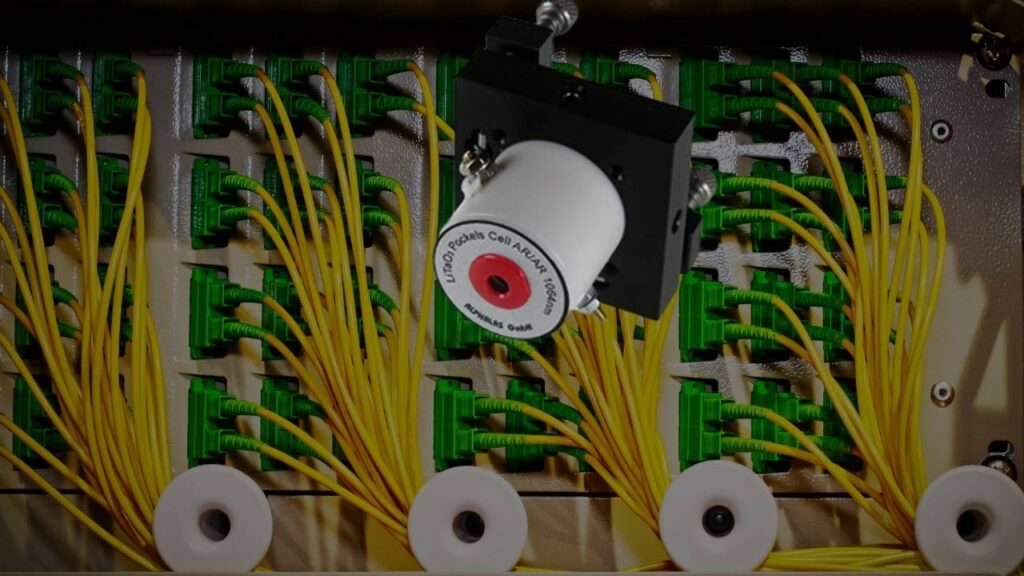
EOMs are the most common in telecom applications. They use materials like lithium niobate, silicon, or indium phosphide to manipulate light under electric fields.
- Speed: Up to 100 Gbit/s or more
- Use Cases: Telecom backbones, 5G networks, quantum encryption
2. Acousto-Optic Modulators (AOMs)
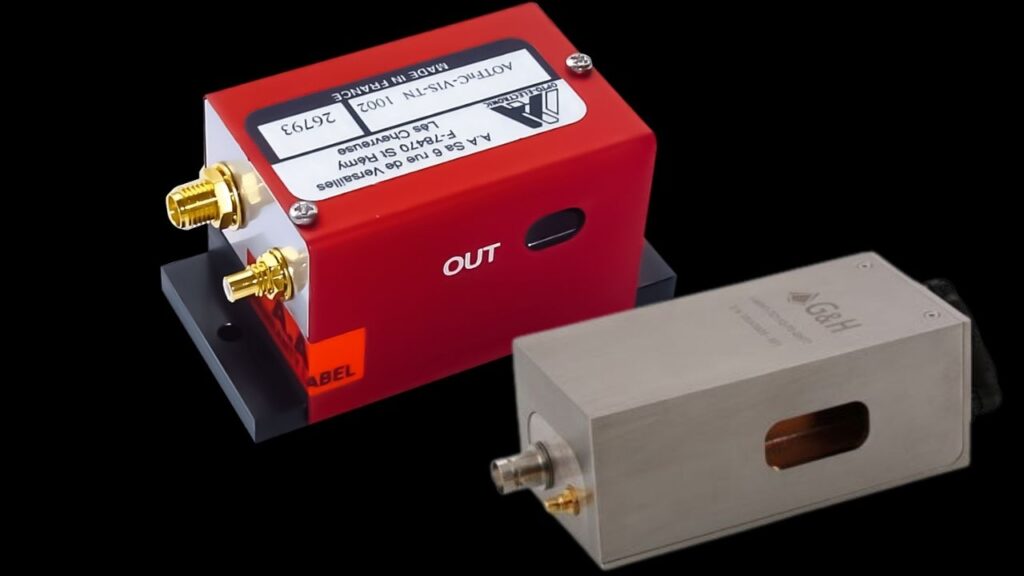
AOMs leverage acoustic waves to alter the refractive index of a medium, which in turn affects the passing light.
- Speed: Moderate (up to hundreds of MHz)
- Use Cases: Spectroscopy, medical imaging, material analysis
3. All-Optical Modulators
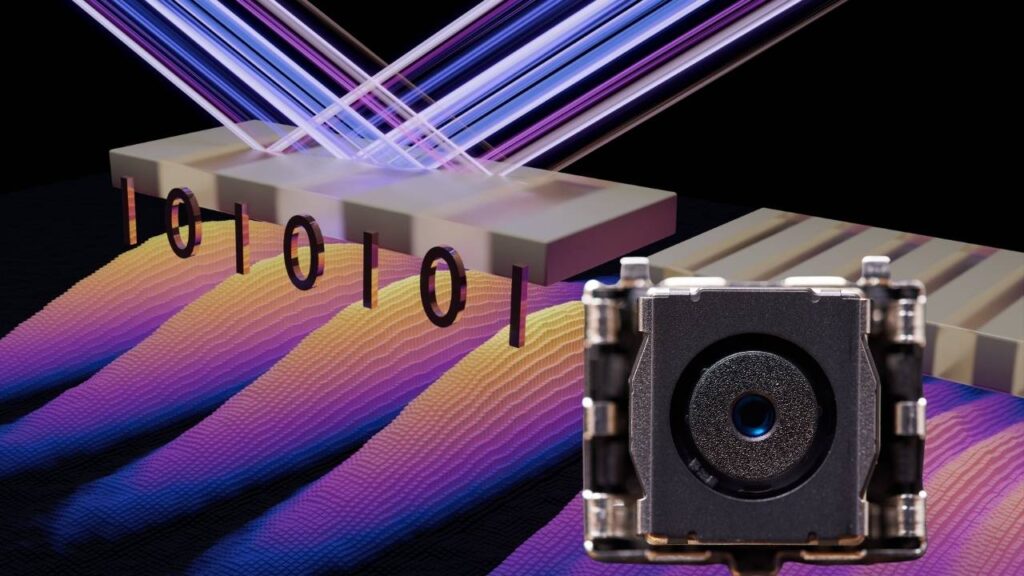
Still under development, these advanced modulators use light to modulate light, avoiding conversion losses and achieving unprecedented speeds.
- Speed: Projected over 1 Tb/s
- Use Cases: AI systems, future-proof data centers, satellite internet
Why Optical Modulators Are Essential for High-Speed Internet
Growing Global Data Demand
According to Cisco, internet traffic will surpass 396 exabytes per month by 2026. That’s more than 396 billion gigabytes exchanged across devices and users each month! Without optical modulators, the infrastructure to support this would simply collapse under the load.
Insane Speed & Bandwidth

Modern optical modulators handle speeds of 100 Gbit/s or more per channel. When combined with Wavelength Division Multiplexing (WDM)—which uses different colors (wavelengths) of light in a single fiber—the effective bandwidth can jump into terabits per second.
Energy Efficiency and Cost Savings
Compared to copper, fiber optics (powered by modulators) offer 10x less signal loss and significantly lower power consumption. Lower energy use means lower operational costs and a smaller environmental footprint.
Real-World Applications You Rely On
- 5G and 6G cellular infrastructure
- Cloud data centers (like those operated by Amazon, Google, Microsoft)
- Streaming platforms (e.g., Netflix, Twitch, YouTube)
- AI and machine learning systems
- Military drones and secure satellite networks
The Future of Optical Modulators
Rise of Silicon Photonics
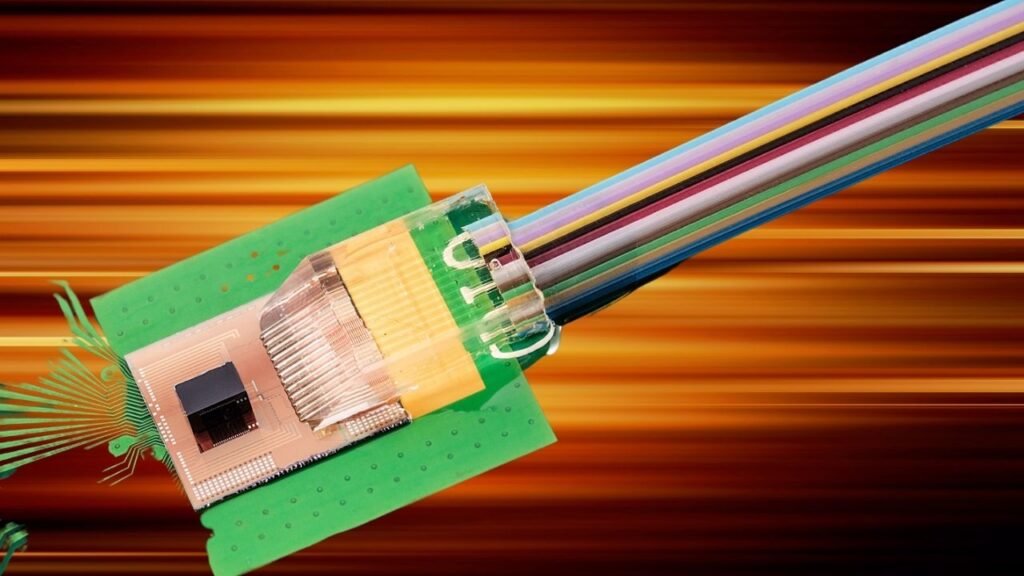
Silicon photonics combines optical modulators with integrated circuits for scalable, low-cost solutions. Companies like Intel, IBM, and Cisco are investing billions in this technology to build next-generation data centers and communications systems.
A Nature article suggests silicon-based optical modulators could push internet speeds to over 1 Tb/s, reshaping everything from AI to online education.
New Materials and Breakthroughs
Researchers are testing advanced materials like:
- Graphene: High-speed, ultra-thin material with incredible conductivity
- Organic polymers: Flexible and potentially more eco-friendly
- Perovskites: Emerging as potential game-changers in optoelectronics
These new materials could lead to cheaper, faster, and more adaptable modulators in the near future.
Quantum Internet and Beyond
Optical modulators may also play a foundational role in developing quantum communication networks, which aim to transmit encrypted data using quantum particles. These would be virtually impossible to hack, offering a whole new layer of digital security.
Five Ways Photonics is Quietly Powering the Tech You Use Every Day
Smart Materials: How Responsive Technologies Could Redefine Daily Life
How Advanced Materials Are Making Flexible Electronics a Reality
FAQs About Optical Modulators and Their Critical Role in High-Speed Internet
What is the role of optical modulators in fiber-optic networks?
They convert digital electrical signals into modulated light that can travel long distances with minimal loss, making fast internet possible.
Are all optical modulators the same?
No. They vary in material, speed, method (electric, acoustic, or optical), and are chosen based on the application’s needs.
Can optical modulators be found in home devices?
Not directly, but they’re critical in the backbone of networks—used by ISPs, telecom towers, and cloud infrastructure.
How do optical modulators impact internet speed?
More efficient modulators mean data can be processed and transmitted faster, improving download speeds, reducing buffering, and supporting more devices.
Are modulators relevant to a career in tech?
Absolutely. Whether you’re in network engineering, photonics, AI, or IT architecture, understanding these devices can give you a technical edge.



















